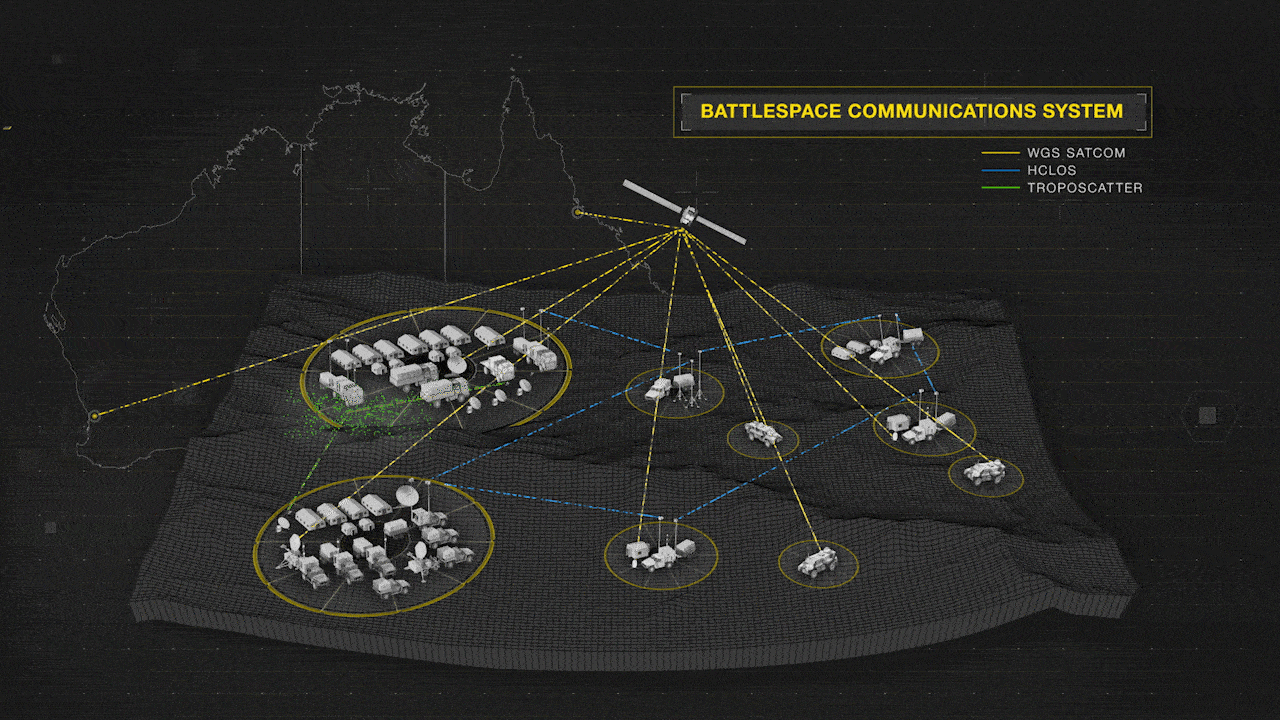Aerospace giant Boeing has delivered initial operating capability (IOC) for its Currawong Battlespace Communications System just four months after its initial material release.
To continue reading the rest of this article, please log in.
Create free account to get unlimited news articles and more!
The declaration of IOC means that the Australian Defence Force now has the world's most advanced battlespace communication system to transfer secure data, voice and video communications between Australian headquarters and deployed forces globally.
Boeing Defence Australia vice president and managing director Darren Edwards said, "The system improves the set-up time, capacity, flexibility and responsiveness of the Australian Defence Force information exchange while reducing equipment size, weight and power during operations.
"The rapid implementation of the Australian-designed and manufactured communications network is testament to the high customer engagement during the product development and the expertise of Boeing's Australian team in delivering complex development systems."
More than 700 communications specialists have now been trained to use the system, with ongoing support provided by Boeing field service representatives as part of the ongoing support contract. Multiple defence units are currently using the Currawong I-BTN during Army's largest annual exercise, Exercise Hamel 2018, in Shoalwater Bay.
Boeing delivered the new network under LAND 2072 Phase 2B, which included the core communication network software and hardware, along with 39 deployable communication nodes to date.
Commanding Officer 7th Combat Signal Regiment, Lieutenant Colonel Les Juckel said IOC of Currawong was achieved during the recent Exercise Carbon Diamond, with overwhelming success.
"The Integrated - Battlefield Telecommunications Network (I-BTN) was unquestionably superior to previous Defence networks in terms of ease of configuration, situational awareness for the operators, and network performance. Overall, the operation of the network was beyond the expectations of the operators and left them awaiting future material and software releases for further capabilities."

 Login
Login






